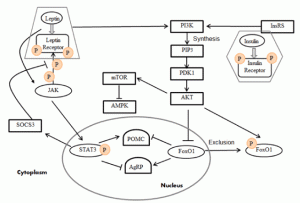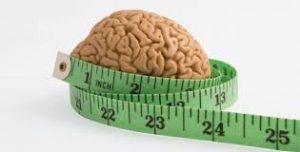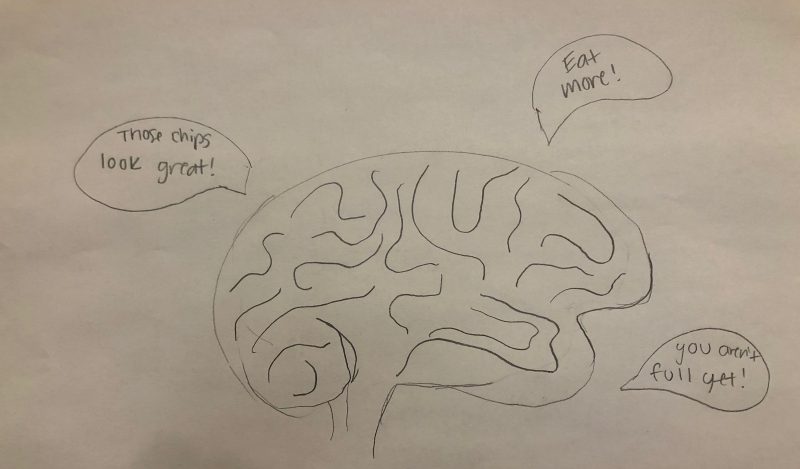Obesity rates are skyrocketing in America today and people can point many directions for the cause. Maybe we’ve just gotten lazy? Maybe we don’t have enough time/money to eat healthy? Maybe we aren’t exercising enough? While all these factors are contributing to this epidemic where almost 40% of Americans are obese, there is one biological factor we are missing; how our SAD diet affects our brain.
SAD is an acronym nutritionists have come up with meaning “Standard American Diet”. This diet is characterized by a high intake of processed foods, sugar, fried food, refined grains, high-fat dairy products, and red meat. The Center for Disease Control has found that 9 out of 10 Americans don’t reach the minimum standard for the daily intake of vegetables. Eating all this junk and skipping out on our veggies has led has taken a serious toll on our brains. Not only do physical changes happen in our body, but in our brain too.

After only three days of eating a high-fat diet (our Standard American Diet), scientists found that insulin resistance was reduced in the hypothalamus. Similarly, inflammatory cytokines were inflaming those same pathways. When we develop a resistance to insulin due to inflammation, this leads to an inhibition of PI3K in the insulin pathway. When this occurs, PI3K cannot activate AKT and FOXO1 can’t be removed from the nucleus. FOXO1 in the nucleus inhibits POMC gene expression and inhibits AgRP/NPY. If FOXO is not removed our, AgRP neurons can be stimulated and those are the neurons that make us feel the need to eat. Essentially, when we eat this high fatty diet, we are creating inflammation in our brain that is only encouraging us to eat more and more. It’s a difficult cycle to jump out of.

Many treat obesity as a choice but the science makes it clear there is more at work here than just not having enough will power to stop eating junk food. The food we eat is making changes in our brain, encouraging us to eat more rather than telling us we are satiated.
Studies of obese participants vs non-obese controls have found a number of changes in the brain using neuroimaging techniques. Using fMRI, scientists saw that obese women saw greater activation in their putamen, an important area in the brain for reward when presented with pictures of high-calorie foods and eating utensils compared to lean women. This suggests that obesity has also created heightened responses to visual stimuli regarding food, especially in areas of reward and motivation which is another example of our brain working against us once we are obese to keep us that way.

So, the next time you think obesity is all about choice, make sure you consider the other factors that may be contributing. It’s not as black and white as it may seem. Once you’ve gotten to the point where your brain is actively encouraging you to eat more and responding positively in your putamen to food cues, it’s a tough habit to quit that SAD diet.
https://www.cdc.gov/obesity/data/adult.html
https://www.ncbi.nlm.nih.gov/pmc/articles/PMC3241905/
